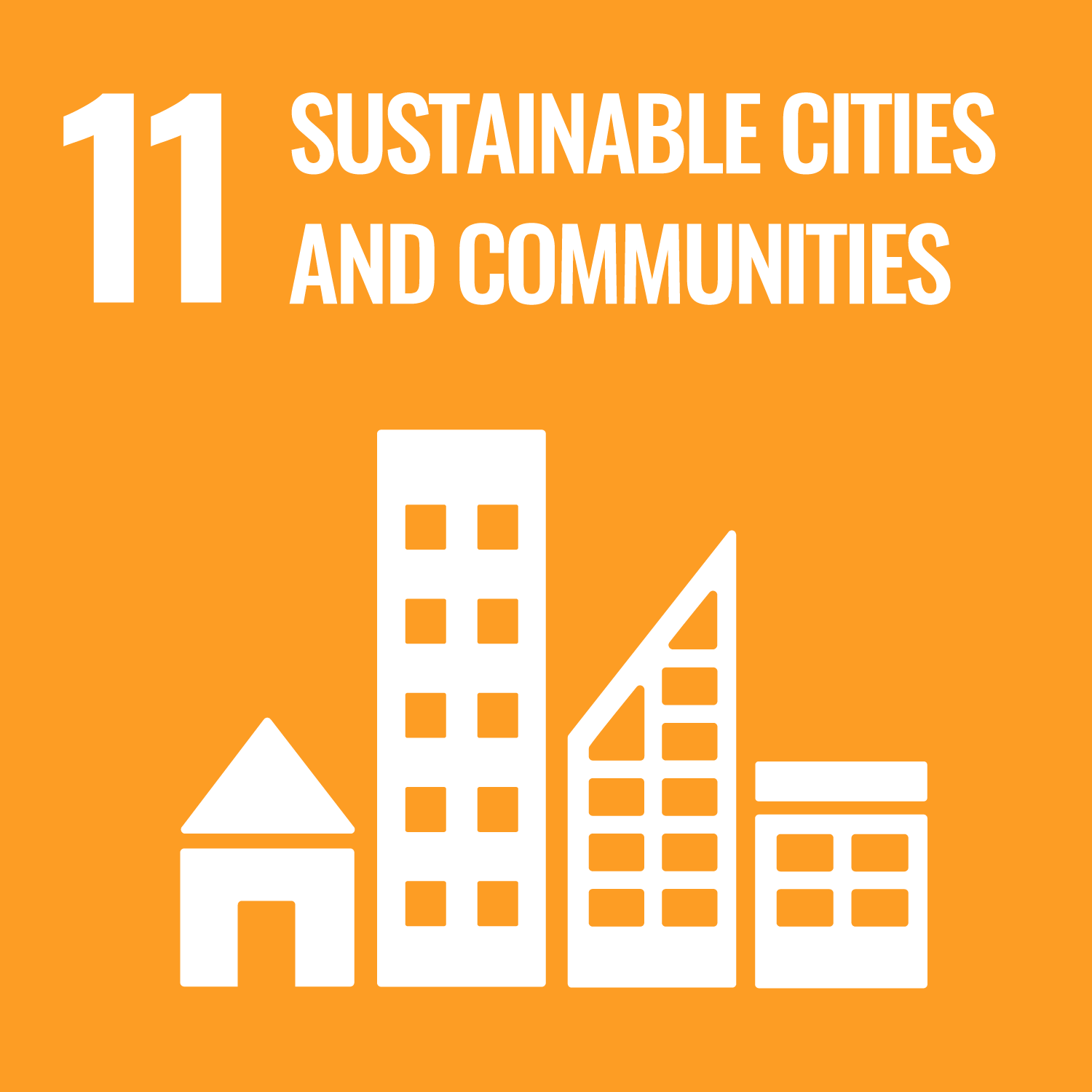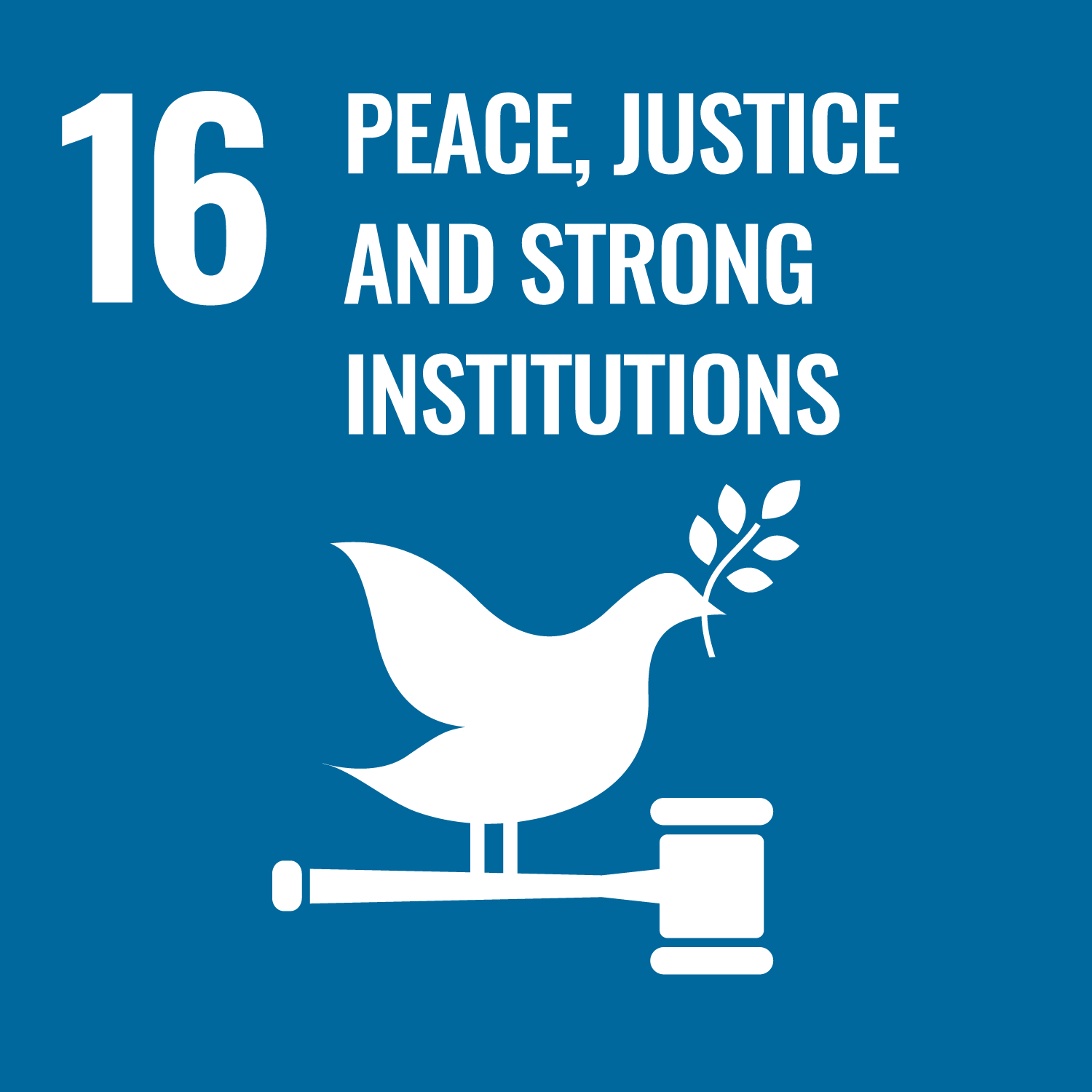ORCID
- Alessandro Aurigi: 0000-0002-9508-0626
Abstract
For decades, accounts and speculations on the emergence of digitally-augmented environments have suggested utopian, and dystopian, visions of increased spatial fluidities - doing anything from anywhere - in which the role of specific places could become redundant. The emergence of smart urbanism, through technocratic visions of central, algorithmic control, could materialize such centrifugal detachment from place and local context, as it operates a shift of agency from space and community to code. Are, therefore, the hyper-local scale, and neighbourhoods, relevant entities in our increasingly digital urban environments? This paper makes a case for the smart neighbourhood not as a plain, pre-determined, functional sub-unit of a centrally controlled and automated smart metropolis, but as a radically divergent - yet necessarily complementary - dimension of it. The discussion looks at the scales of the locale - and of the hyper-local - as the enablers of a re-combined and re-energized spatial and digital agency. It discusses the importance of local appropriation and contextualization of technology - as opposed to the ‘off-the-shelf’ adoption of civic infrastructural systems and management software, and of enabling significant social innovation and community involvement and participation. However, once the importance of re-combining space, community and technology at the local scale has been explored, the paper discusses how the point is not opposing the smart neighbourhood to the smart city through a simplistic bott om-up vs top-down dualist vision, but rather refl ecting on how these dimensions should work together. Design and development strategies that aim to conjugate the very bespoke and pilot with the scalable, and the qualitative with the quantitative, while enabling local innovation and experimentation, are needed to envisage a grounded, sustainable, and effective smart city.
DOI Link
Publication Date
2024-03-01
Publication Title
Built Environment
Volume
50
Issue
1
ISSN
0263-7960
Acceptance Date
2024-01-18
Deposit Date
2024-06-24
Additional Links
Keywords
Digitally-augmented environments, Modernist planning, Network city, Network communities, Smart city, Sustainable development
First Page
152
Last Page
167
Recommended Citation
Aurigi, A. (2024) 'Can Neighbourhoods Save the Smart City?', Built Environment, 50(1), pp. 152-167. Available at: 10.2148/benv.50.1.152




